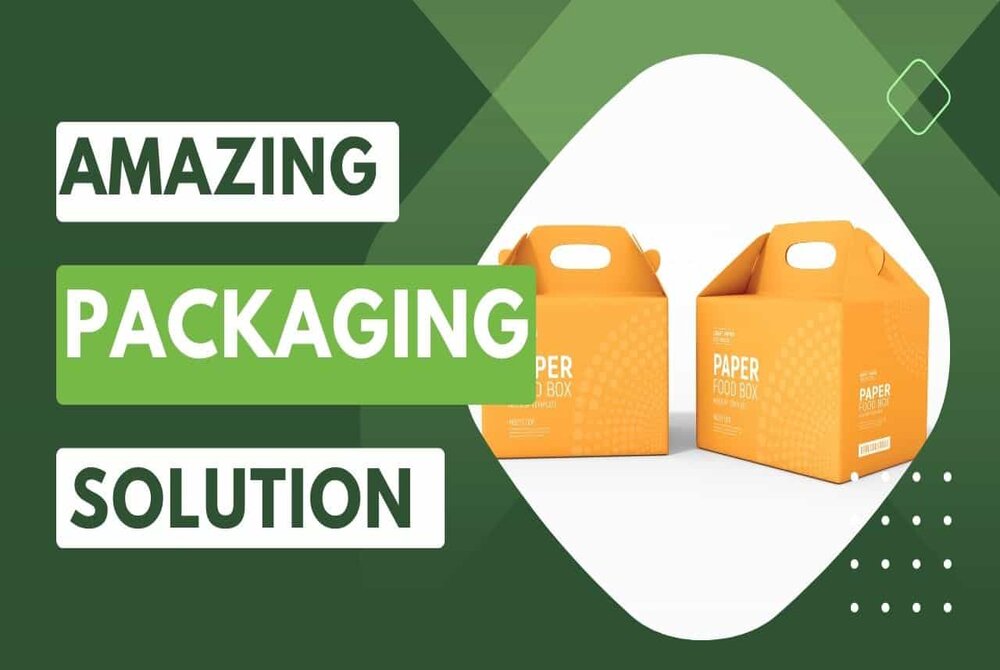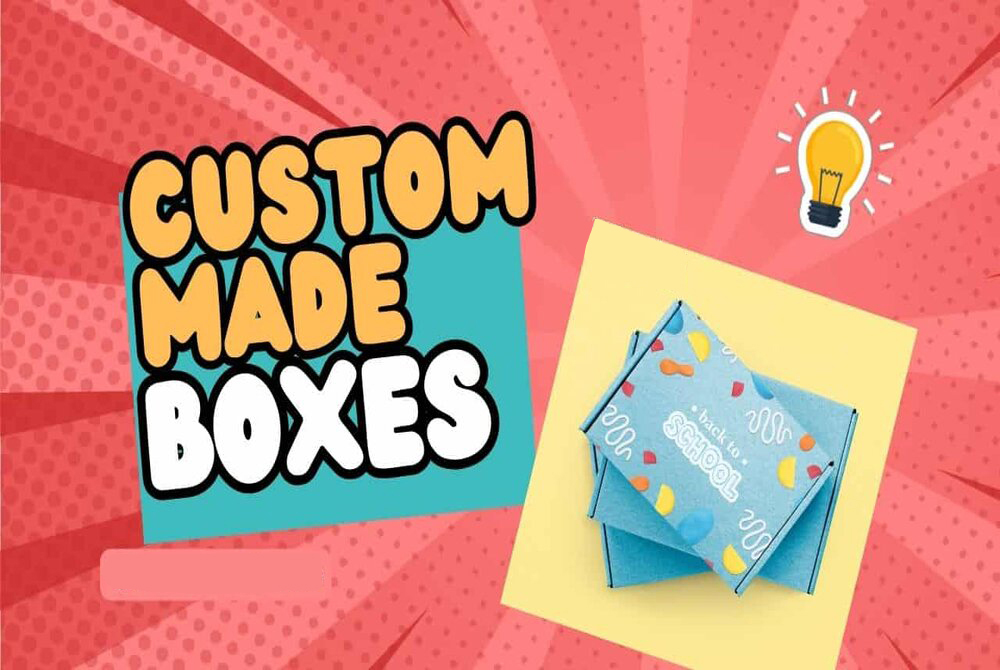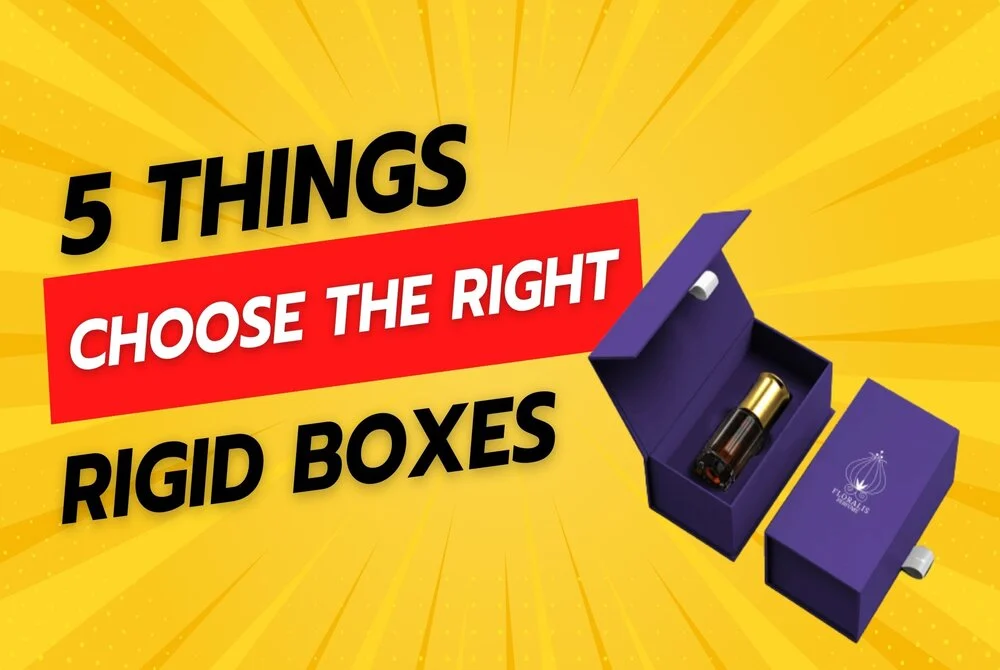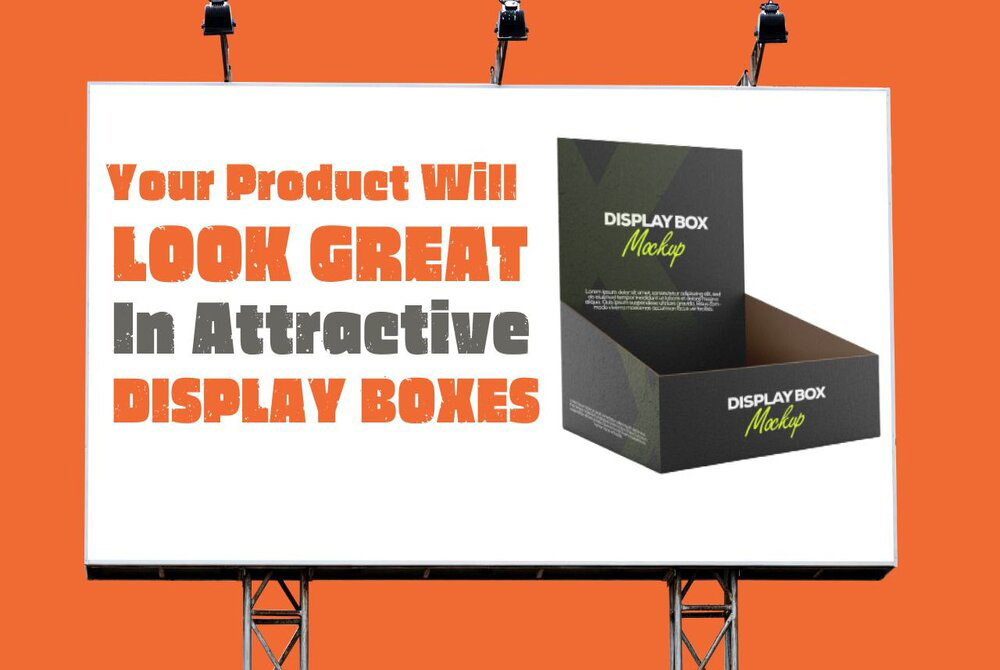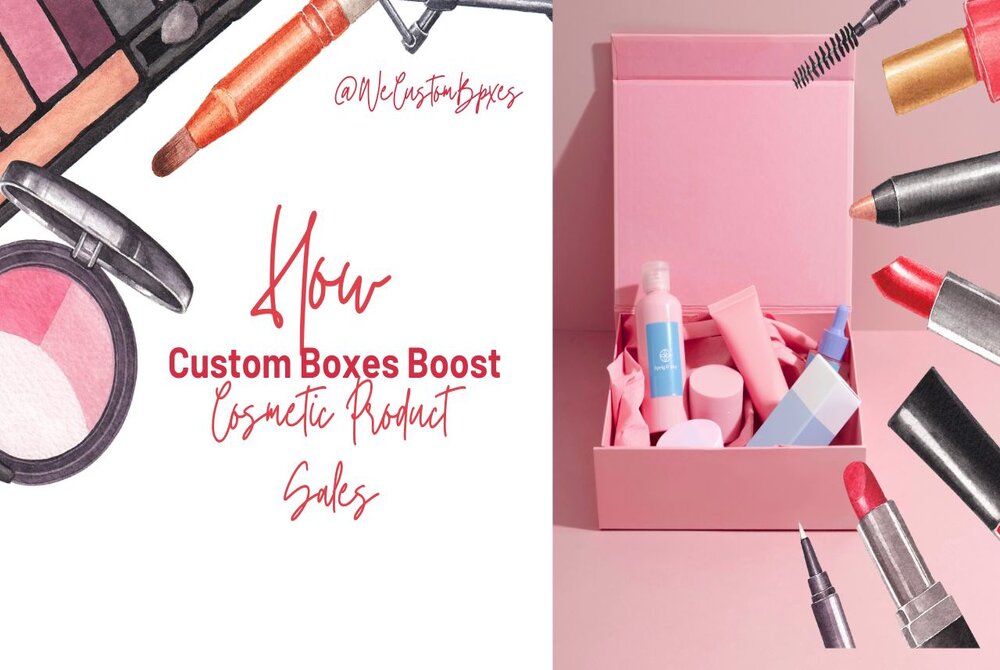The most important thing is to choose top-notch packaging material. Reliance on plastics and non-recyclable or biodegradable packaging has caused many consumers to view packaging negatively. Material selection plays a significant role in the success of your product in the marketplace.
Packaging design is essential for enhancing brand recognition, protecting your products, presenting your services, and facilitating customer interaction. It is also imperative for promoting the right image of your company.
Consequently, to ensure sustainability and environmental consciousness, packaging your products using recyclable materials has become increasingly mandatory. Generally, a growing number of consumers favor companies that adhere to environmentally responsible business practices.
Importance of Packaging Materials
Packaging material selection and application are essential to your product boxes sales and distribution. Several considerations should be considered when developing a package, such as the design and branding of the box, sales methods, distribution channels, transportation, returns policy, logistics, and packaging budget.
Using a CMMS for Packaging Material Management
Management, reducing, and recycling the packaging material is challenging. However, using printed packaging and letting it go is no longer enough. Managing and maintaining it should be planned and organized.
A CMMS can help you achieve your business goals. When you have a CMMS, you can ensure that your packaging equipment and machinery are working correctly and minimize or eliminate the points where food contamination can occur.
Furthermore, companies can use a CMMS to manage packaging materials and related assets by incorporating the purchase and monitoring of these materials into their operations.
How to Reduce and Reuse Packaging Material
Reusing, reducing, and recycling packaging materials will reduce costs and save you money. Maintaining sustainability and being perceived as a responsible corporate citizen are advantages. Consider the following ideas:
-
Investigate recycled packing materials.
-
Consider reusing wood or sturdy metal containers.
-
Packaging materials that are sustainable or renewable should be used.
-
For safer packaging and fewer breakages, use stretch wrapping.
-
Choose loose-filling materials that are biodegradable.
List of Highly Recommended Custom Packaging Materials
Cardstock

A cardstock is a type of paper that is thick and extra sturdy. Paperboard and cardboard are less adaptable and bulkier than paper, which makes them ideal for arts and crafts. Many packaging industries use it to manufacture various types of customized boxes, including the food industry.
In addition, it can be used to embellish and finish the inside of a package and add some additional finishing touches to the outside. Depending on its smooth surface, it may be metallic, shiny, or distinctive.
Cardstock is available in a variety of types for packaging products. Consider different types of paper cardstock for your product packaging depending on the size, texture, weight, finish, and color of the paper.
Corrugated cardboard

Corrugated cardboard is durable and contains multiple layers: an outside liner, an inside liner, and a fluted layer. Created corrugated cardboard with sturdy and extra protection, these layers glued together. Using material for your packaging requirement, consult a corrugated cardboard expert that can help you with selection.
The benefits of corrugated cardboard packaging are numerous over other product packaging. Packaging engineers can offer expert advice to help you select suitable packaging. However, it also has some drawbacks that must be considered before use.
Kraft

Kraft paper is a substrate that is frequently used in the packaging industry. Kraft paper for packaging is lightweight, durable, and recyclable, and also ideal for shipping boxes. Moreover, Kraft boxes are available in various sizes, allowing you to find the perfect package to suit your needs based on size.
Kraft paper is made from wood pulp containing at least 80% sulfate. As a packaging substrate, it is well suited to its coarse texture and strength, making it an excellent selection. Occasionally, the surface is rough to prevent the bags from sliding off the pallets.
Food packaging can benefit from its eco-friendly properties. Packaging made of Kraft stock may have fewer customization choices than cardboard, but it adds aesthetic value to your brand, even if the packaging is plain.
Rigid

Rigid packaging includes any packaging meant to hold its shape under various conditions. The materials used for this form of packaging can vary widely, from single-ply or corrugated cardboard containers to plastic boxes, glass jars, and aluminum cans. If it isn't designed to crush or deform easily, it counts as rigid packaging.
Rigid packaging materials are normally stiff and rigid. These materials have heavyweight, more hardness, and have high mechanical strength compared to Flexible Packaging materials. In addition to the rigid nature of the outer packaging materials, you can stuff loose space inside the package with foam peanuts or air pillows. Rigid packaging can be branded through hot stamping, embossing/debossing, coatings, and decorative elements.
Bleach card

A bleach card stands between the cardboard and paper board to be more precise and to the point. Comprehending the various sorts of paper quality aids you in establishing your product packaging better and recognizing why publishing on these sets apart many categories. By utilizing bleach cards, firms can decrease their overall product packaging expenses and guarantee product protection.
Bleach cards are an essential element of a cleansing business's framework and have been used in the industry for years. Bleach cards, likewise called bleach sheets, are used as product packaging products in the cleansing market and marketed wholesale by packaging firms. In addition, they're utilized for packaging items of features.
Bux board

Boxes made of cardboard stock are called Bux Board Boxes. These boxes are made by layering rows of corrugated paper stock to hold multiple items. Bux Board packaging boxes can be used to keep your shoes in a safe place if you are not using the boxes after receiving the products.
Bux board packaging boxes are less expensive than cardboard, Kraft paper, and corrugated packaging materials but are equally durable to deliver fragile products to customers and to shop directly. Bux board uses a lot of benefits over these various product packaging products, and its appeal to customers implies that you'll have a much easier time marketing your item when you utilize it as your product packaging product.
Stretched film

Unitizing loads on pallets is made easier with stretch film. Stretch film or wrapping works by stretching the material beyond its limit of elasticity and applying it to several items. Stretch film ensures that your delivery will certainly be safeguarded versus prospective damages throughout the transportation procedure, which assists you in staying clear of sustaining added costs or needing to go via the problem of declaring insurance policy asserts later down the line.
Stretch films look comparable to cling wrap with numerous uses in cooking areas. They are durable covers and solid enough to pack items with each other and maintain them in location. Stretch films are specific packaging materials in various qualities, sizes, and colors to satisfy your applications.
Paper board

Boxes made of paperboard are lightweight yet strong due to the use of a paper sheet. Either recycled waste paper is used to make the sheets, or fibrous wood fibers come from wood to make the sheets. There are many designs and shapes that can be created by manipulating, cutting, and folding this material.
Packaging made of paperboard can be classified into a number of grades. Solid bleached sulfate (SBS) paperboard contains at least 80% virgin bleached wood pulp. Depending on the packaging requirements, there are different grades of paperboard available.
Paperboard Wins for sustainability and biodegradability packaging material. A major issue for plastics, and a major benefit for paperboard, is environmental. Only 8% of plastic waste gets recycled.
Aluminum foil sheet

Aluminum foils are often at risk of scrapes and splits, making them much less long-lasting than plastic or glass containers. However, with appropriate treatment, you can boost your aluminum foil's life expectancy by ensuring it is safe from wetness or severe warmth.
Approximately 75% of aluminum foil is used for packaging foods, cosmetics, and chemical products, and 25% is used for industrial applications. Aluminum foil is an essential material in laminates and has wide applications in food packaging. Some manufacturers tout aluminum as "infinitely recyclable," and it has a much higher recycling rate in the U.S. than plastic.
Corrugated fiberboard

In contrast to corrugated fiberboard, which is also known as the combined board, this material consists of a liner and a medium, but there are a variety of styles available with a variety of flute structures. In terms of packaging materials, corrugated fiberboard is the most recycled, and it is continuously recycled more and more every day.
However, the recovery rate in 2016 reached 93%. Recycling corrugated materials reduces waste disposal and allows for a continuous cycle of reusable materials. In a nutshell, corrugated fiberboard has become much more extensively utilized; several misconceptions have begun to spread regarding its natural stamina and abilities.


